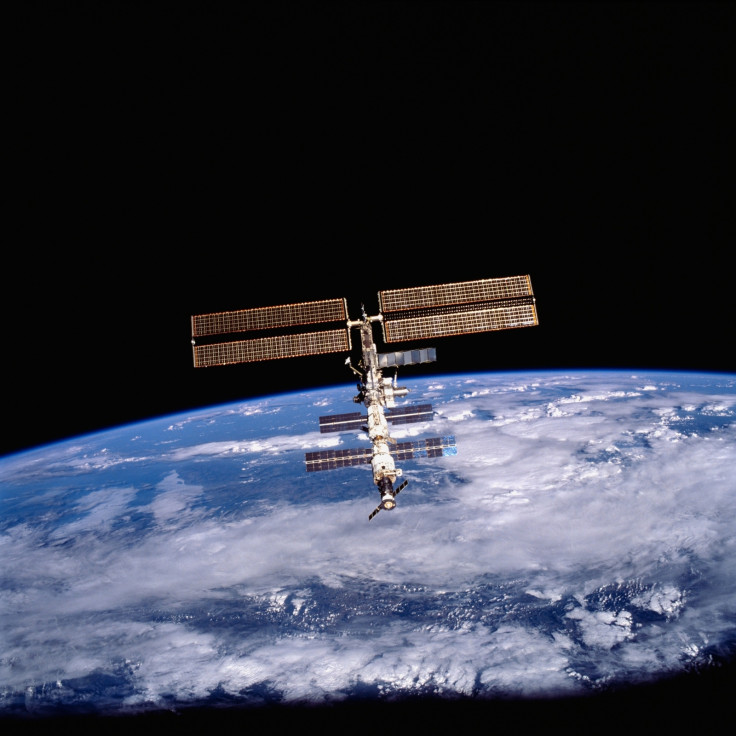Nasa budget 2019: All you need to know about the Trump administration's plans for the space agency
"Yes, you'll finally have your Jetson cars," Nasa's acting administrator Robert Lightfoot said.

Nasa's 2019 budget proposal from the Trump administration has a number of plans in store for the space agency. From an outpost on the moon and build flying cars to attempts to cut funding for the international space station and earth science missions, the budget covers a lot of things.
In a press release by Nasa's acting administrator Robert Lightfoot spoke of the $19.9 bn (£14.37 bn) budget request. Here is a quick rundown of the highlights.
"It reflects the administration's confidence that through Nasa leadership, America will lead the way back to the Moon and take the next giant leap from where we made that first small step nearly 50 years ago," Lightfoot said.
"This budget codifies the president's Space Policy Directive-1, which charges us to 'lead an innovative and sustainable campaign of exploration that will lead the return of humans to the Moon for long-term exploration and use followed by human missions to Mars and other destinations," he added. It means Nasa is now seriously planning to go to the Moon, "with an eye toward Mars".
This could mean the Space Launch System with the Orion capsule could possibly make it to the Moon by the mid-2020s. "SLS and Orion are critical backbone elements for this effort and for moving farther into deep space," Lightfoot said.
Lightfoot also spoke, without offering too many details, about ambitious Earth to Earth projects for the next decade, including advanced drones, supersonic passenger planes, and "commercial urban air travel".
"Yes, you'll finally have your Jetson cars," he said.
When it comes to budget cuts, several Nasa projects seem to have been affected, especially science missions. Earth sciences budget was further cut by 6%. Also, almost all of the missions scrapped last year have not been resurrected, which is not a good news for climate change scientists, notes a report by Popular Mechanics. Earth-observing missions like the PACE, OCO-3, CLARREO Pathfinder, DSCOVR, and RBI are also not coming back.
Astrophysics has taken the biggest hit so far in this year's budget. The Wide-Field Infrared Survey Telescope (WFIRST) project has been completely scrapped, notes the report. The WFIRST was planned as the follow-up to the James Webb telescope that is slated to be launched in 2019. The White House Office of Management and Budget simply dismissed it by saying that it, "is not a priority".
However, the search for extraterrestrial life in the Solar System received a major boost with an extra $2.2 bn (£1.59 bn). That means, notes the report, finding life or proving that there might be life on Mars or in one of Jupiter or Saturn's moons could be really close.
The planetary defence also got $150 m (£108.34 m) to study possible asteroids that might reach Earth and researching ways in which it can be deflected.
Lightfoot also stressed on private-public partnerships in the use of hardware developed by private companies like Elon Musk's SpaceX.
Nasa has released the full document of their 2019 budget. You can click on the link to read the full report.





















